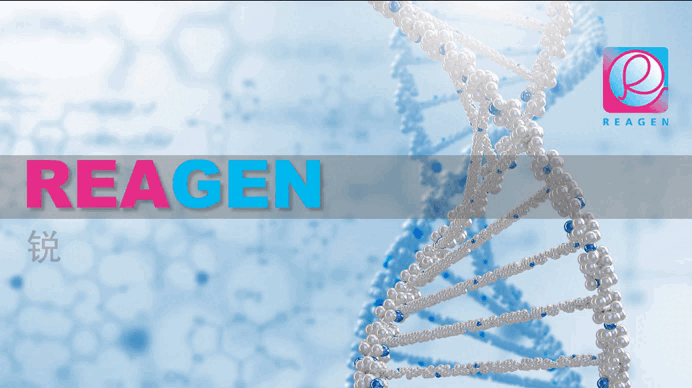-
產(chǎn)品品牌:
REAGEN
-
產(chǎn)品貨號(hào):
RDS99037
INTENDED USE
Multi-Drug Screen Test Cup is a rapid test for qualitative and simultaneous detection of Amphetamine, Barbiturates, Benzodiazepine, Cocaine, MDMA Ecstasy, Marijuana, Methadone, Methamphetamine, Opiates, Oxycodone, Phencyclidine and Propoxyphene in human urine at the cutoff concentrations of:
Drug(Identifier)
Cut-off level (ng/ml)
Amphetamine(AMP) 1,000
Barbiturates(BARB) 300
Benzodiazepines(BZO) 200
Cocaine(COC) 300
MDMA(Ecstasy) 500
Marijuana(THC) 20
Methadone(MTD) 300
Methamphetamine(MET) 500
Opiates(OPI) 2,000
Oxycodone (OXY) 100
Pheneyclidine(PCP) 25
Propoxyphene(PPX) 300
Configuration of the Multi-Drug Screen Test Cup can consist of any combination of the above listed drug analytes. The test provides only preliminary test results. A more specific alternative chemical method must be used in order to obtain a conformed analytical result. GC/MS is the preferred confirmatory method. Clinical consideration and professional judgment should be exercised with any drug of abuse test result, particularly when the preliminary result is positive.
The test results can be used to provide evidence and basis for therapy and treatment plans of drug dependence and toxic psychosis. For laboratory professional in vitro diagnostic use only. The test should only be performed by health professionals in a clinical/hospital setting to aid in screening of drug of abuse to determine the follow-up treatment measures in combination of clinical symptoms.
SUMMARY
Amphetamine (AMP)
Amphetamine and the structurally related “designer” drugs are sympathomimetic amines whose biological effects include potent central nervous system (CNS) stimulation, anorectic, hyperthemic, and cardiovascular properties. They are usually taken orally, intraveneously, or by smoking. Amphetamines are readily absorbed from the gastrointestinal tract and are then either deactivated by the liver or excreted unchanged in the urine with a half life of about 12 hours. It can be detected in the urine for 1 to 2 days after use. Amphetamine is metabolized to deaminated (hippuric and benzoic acids) and hydroxylated metabolites. Methamphetamine is partially metabolized to amphetamine and its major active metabolite. Amphetamines increase the heart rate and blood pressure, and suppress the appetite. Some studies indicate that heavy abuse may result in permanent damage to certain essential nerve structural in the brain.



